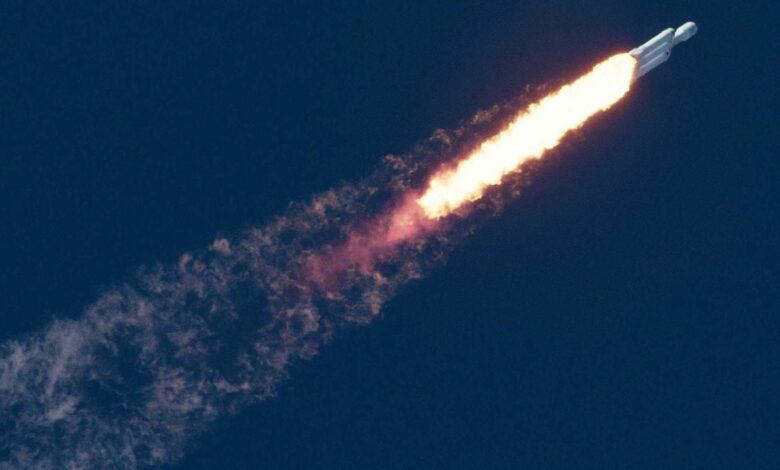Rocket Launches: A Threat to Ozone Layer Recovery?

Rocket Launches and Ozone Layer Depletion: A Growing Concern
With the surge in global rocket launches, scientists are increasingly concerned about the potential impact on the ozone layer, Earth’s vital shield against harmful ultraviolet (UV) radiation. A recent study highlights the underestimated environmental risks associated with rocket emissions and calls for proactive, coordinated efforts to mitigate these effects.
The rapid expansion of the commercial space industry presents both opportunities and threats. While space exploration offers invaluable scientific and technological advancements, the launch and re-entry of spacecraft can contribute to ozone layer depletion.
The Mechanics of Ozone Depletion from Rocket Launches
Rockets release pollutants such as soot and chlorine into the middle and upper atmosphere. These particles can persist for extended periods, catalyzing chemical reactions that damage the ozone layer. Furthermore, the re-entry of satellites introduces metal particles and nitrogen oxides, exacerbating the problem. Current environmental models often fail to fully account for the impact of re-entry, leading to an underestimation of the overall environmental cost.
Potential Delays in Ozone Layer Recovery
Climatic simulations suggest that if rocket launches increase to 2,040 per year by 2030, the global ozone layer’s recovery, already underway due to the phasing out of chlorofluorocarbons (CFCs), may be significantly delayed. Despite the ban on CFCs, full recovery is not expected for another 40 years, and unchecked rocket emissions could further impede this process.
Addressing the Challenge: Global Cooperation and Cleaner Technologies
Mitigating the impact of rocket launches on the ozone layer requires a multi-faceted approach, including:
- Transitioning to Cleaner Fuels: Most rockets currently use propellants containing soot and chlorine, which are known ozone-depleting substances. A shift towards cryogenic fuels, such as liquid hydrogen and oxygen, which are considered less harmful, is crucial, although handling these fuels presents technical challenges.
- Emission Monitoring and Control: Implementing stringent guidelines and monitoring emissions during launches and re-entry is essential to accurately assess and manage the environmental impact.
- International Collaboration: Similar to the success of the Montreal Protocol in phasing out CFCs, global cooperation is needed to address the issue of rocket emissions. This includes sharing research findings, developing common standards, and supporting the transition to cleaner technologies.
The Role of Fuel Selection
Rocket fuel selection plays a pivotal role in minimizing ozone depletion. While cryogenic fuels like hydrogen and oxygen are considered less harmful, their handling presents difficulties. Further research and development are needed to overcome these challenges and make cryogenic fuels a viable alternative.
The Importance of Strict Emission Guidelines
Adhering to strict emission guidelines is crucial for protecting the ozone layer. This requires ongoing monitoring and enforcement to ensure that rocket launches comply with established environmental standards.
Example Table:
| Emission Type | Impact on Ozone Layer | Mitigation Strategy |
|---|---|---|
| Soot | Depletes ozone | Cleaner fuels |
| Chlorine | Depletes ozone | Cleaner fuels |
| Metal Particles | Depletes ozone | Emission control |
| Nitrogen Oxides | Depletes ozone | Emission control |
By embracing cleaner technologies, implementing strict emission controls, and fostering global cooperation, the space industry can minimize its impact on the ozone layer and ensure the long-term health of our planet’s atmosphere.




